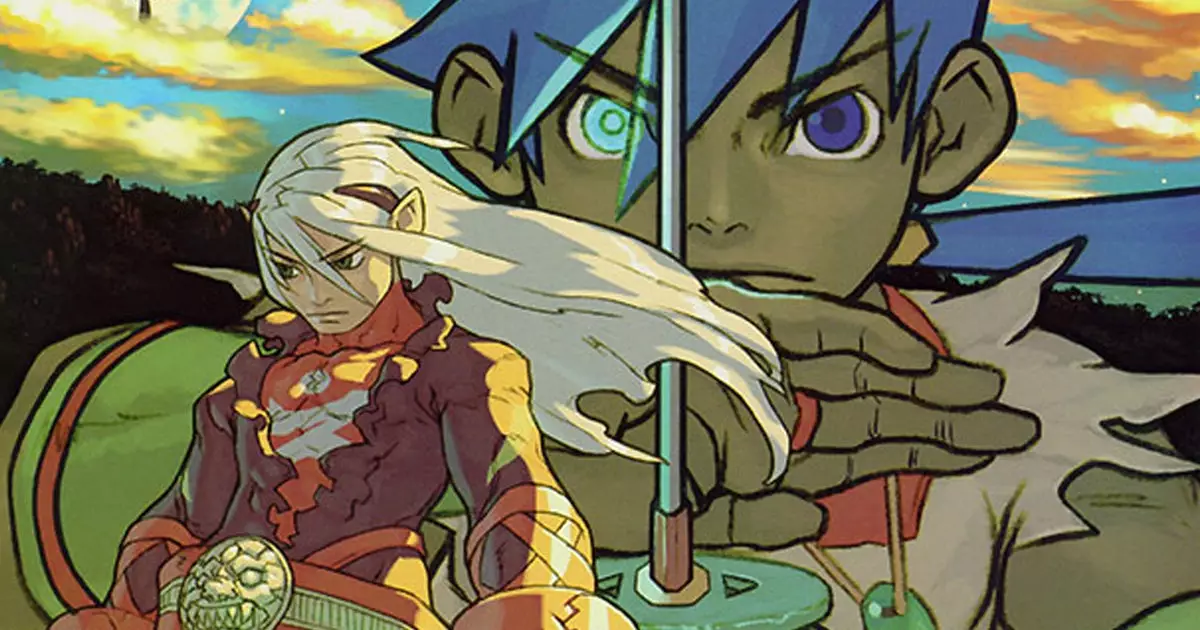In an age where technology should make life simpler, interacting with computers can often feel like navigating a minefield of complications. The paradox lies in the hardware advancements that, while impressive on the surface, can render older software incompatible or inefficient. Gamers hoping to relive the nostalgia of classic titles are frequently met with an avalanche of errors and technical glitches, infuriating obstacles that diminish the joy of gaming. This disconnect raises an essential question: How can we honor the legacy of these vintage games while still embracing modern technological capabilities?
The Nostalgic Charm of Classic Titles
Few experiences can match the satisfaction of revisiting cherished games from our younger years. One particular title that has captured hearts since its initial release is Capcom’s Breath of Fire 4. Originally launched on the PlayStation in 2000 and later making its way to PC in 2003 for select regions, this JRPG has rightfully garnered a reputation as a classic. However, the enthusiasm surrounding retro gaming often hits a snag when technology evolves to a point where these games become nearly unplayable. Such struggles make GOG’s preservation efforts not just a convenience but a transformative initiative that enhances our gaming landscape.
Embracing Preservation Through GOG
GOG’s commitment to breathing new life into beloved classics is commendable, and with the addition of Breath of Fire 4 to their catalog, nostalgia meets modernity in the best possible way. The meticulous attention to detail regarding this re-release—from improved display options like windowed mode and V-Sync to audio enhancements that restore lost environmental sounds—is a testament to the value of digital preservation. For a gamer, a game that holds both historical significance and auditory coherence is incredibly vital. The inclusion of thoroughly refined visual options provides an extensive experience that appeals to both old fans and newcomers.
The Allure of DRM-Free Gaming
Another critical aspect of GOG’s offering is its DRM-free stance, a feature that signifies the freedom and ownership inherent to digital gaming. Players can acquire titles like Breath of Fire 4 and know they can access them indefinitely without the fear of waking up to find their digital library beset by licensing issues or sudden removals from platforms. In a world where gaming is becoming increasingly subscription-driven, this commitment to ownership serves as a refreshing reminder of where digital gaming began.
The Future of Gaming Preservation
As we celebrate the initiatives put forth by GOG and similar platforms, the implications for the future of gaming preservation are profound. The revival of classics isn’t merely about accessing old titles; it’s a cultural endeavor that honors the creative minds of the past while offering today’s players a bridge to experience history. With titles like Ultima Underworld and Worms: Armageddon also receiving the GOG treatment, one can only wonder what other treasures await revival. The ongoing efforts to preserve and enhance gaming history signal a larger movement in the industry, emphasizing that the past is worth celebrating and that cherished gaming experiences should never be forgotten.

